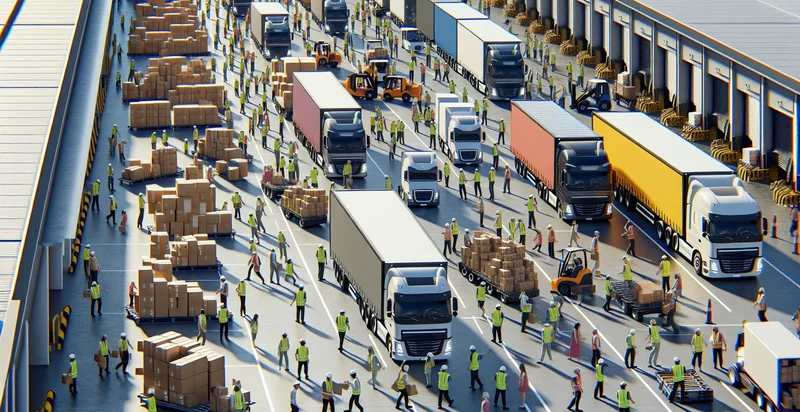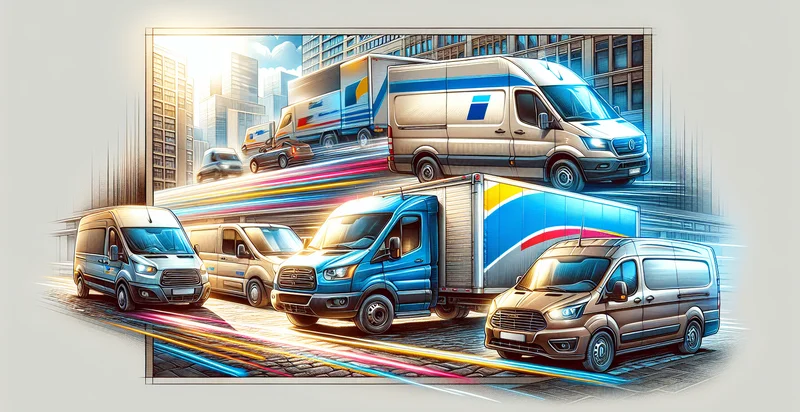Identify loading vehicle types
using AI
Below is a free classifier to identify loading vehicle types. Just upload your image, and our AI will predict what type of loading vehicle it is - in just seconds.

Contact us for API access
Or, use Nyckel to build highly-accurate custom classifiers in just minutes. No PhD required.
Get started
import nyckel
credentials = nyckel.Credentials("YOUR_CLIENT_ID", "YOUR_CLIENT_SECRET")
nyckel.invoke("loading-vehicle-types", "your_image_url", credentials)
fetch('https://www.nyckel.com/v1/functions/loading-vehicle-types/invoke', {
method: 'POST',
headers: {
'Authorization': 'Bearer ' + 'YOUR_BEARER_TOKEN',
'Content-Type': 'application/json',
},
body: JSON.stringify(
{"data": "your_image_url"}
)
})
.then(response => response.json())
.then(data => console.log(data));
curl -X POST \
-H "Content-Type: application/json" \
-H "Authorization: Bearer YOUR_BEARER_TOKEN" \
-d '{"data": "your_image_url"}' \
https://www.nyckel.com/v1/functions/loading-vehicle-types/invoke
How this classifier works
To start, upload your image. Our AI tool will then predict what type of loading vehicle it is.
This pretrained image model uses a Nyckel-created dataset and has 18 labels, including Barge, Bicycle, Bus, Cabin, Cargo Van, Crossover, Flatbed, Lorry, Minivan and Motorcycle.
We'll also show a confidence score (the higher the number, the more confident the AI model is around what type of loading vehicle it is).
Whether you're just curious or building loading vehicle types detection into your application, we hope our classifier proves helpful.
Related Classifiers
Need to identify loading vehicle types at scale?
Get API or Zapier access to this classifier for free. It's perfect for:
- Fleet Management Optimization: This function can help fleet managers classify the types of vehicles entering and leaving warehouses, thus improving tracking and scheduling. By identifying vehicle types, managers can optimize loading procedures, allocate appropriate resources, and reduce wait times.
- Logistics Surveillance: In logistics hubs, this identifier can enhance surveillance systems by accurately classifying vehicles. This capability allows for better monitoring of operations, identifying potential issues in real-time, and enhancing overall security.
- Dynamic Pricing Models: Businesses can implement dynamic pricing strategies based on the type of loading vehicles identified. By recognizing the vehicle type (e.g., trucks, vans), companies can adjust pricing for services and resources tailored to the load capacity and expected delivery times.
- Automated Check-In Systems: An automated check-in system can utilize this function to streamline the arrival process for different vehicle types. It can facilitate faster processing at entry points by directing appropriate vehicles to designated loading areas, ensuring a more efficient workflow.
- Compliance and Reporting: Regulatory compliance can be enhanced by using the identifier to classify vehicles according to environmental standards. Businesses can easily generate reports on their fleet composition and loading profiles to demonstrate adherence to compliance requirements.
- Data-Driven Decision Making: By analyzing the types of vehicles coming in and out over time, businesses can gather insights into their logistics and shipping trends. This data can help in making informed decisions regarding inventory management, supply chain adjustments, and resource allocation.
- Customer Experience Improvement: Retail and delivery services can enhance customer experiences by accurately predicting delivery times based on vehicle types. Knowing the type of vehicle used for deliveries can help inform customers about expected arrival windows and increase transparency during the shipping process.


